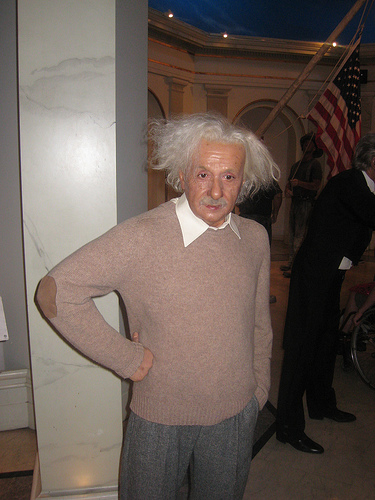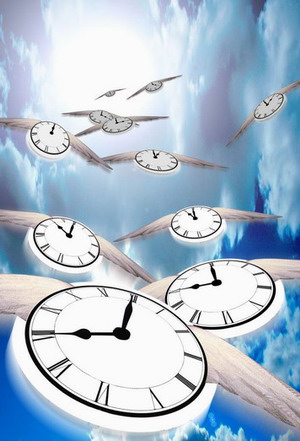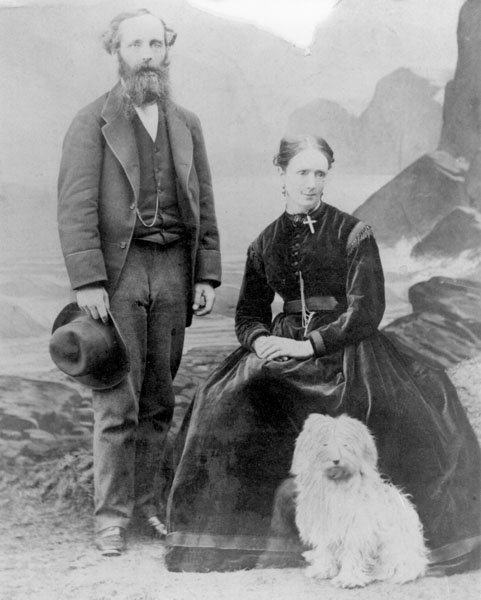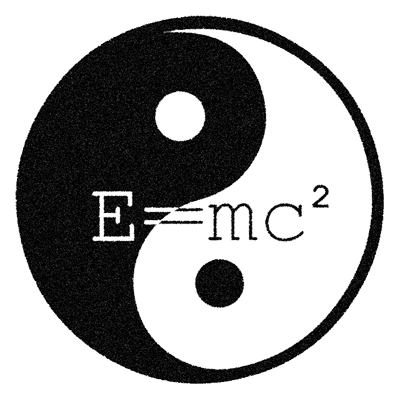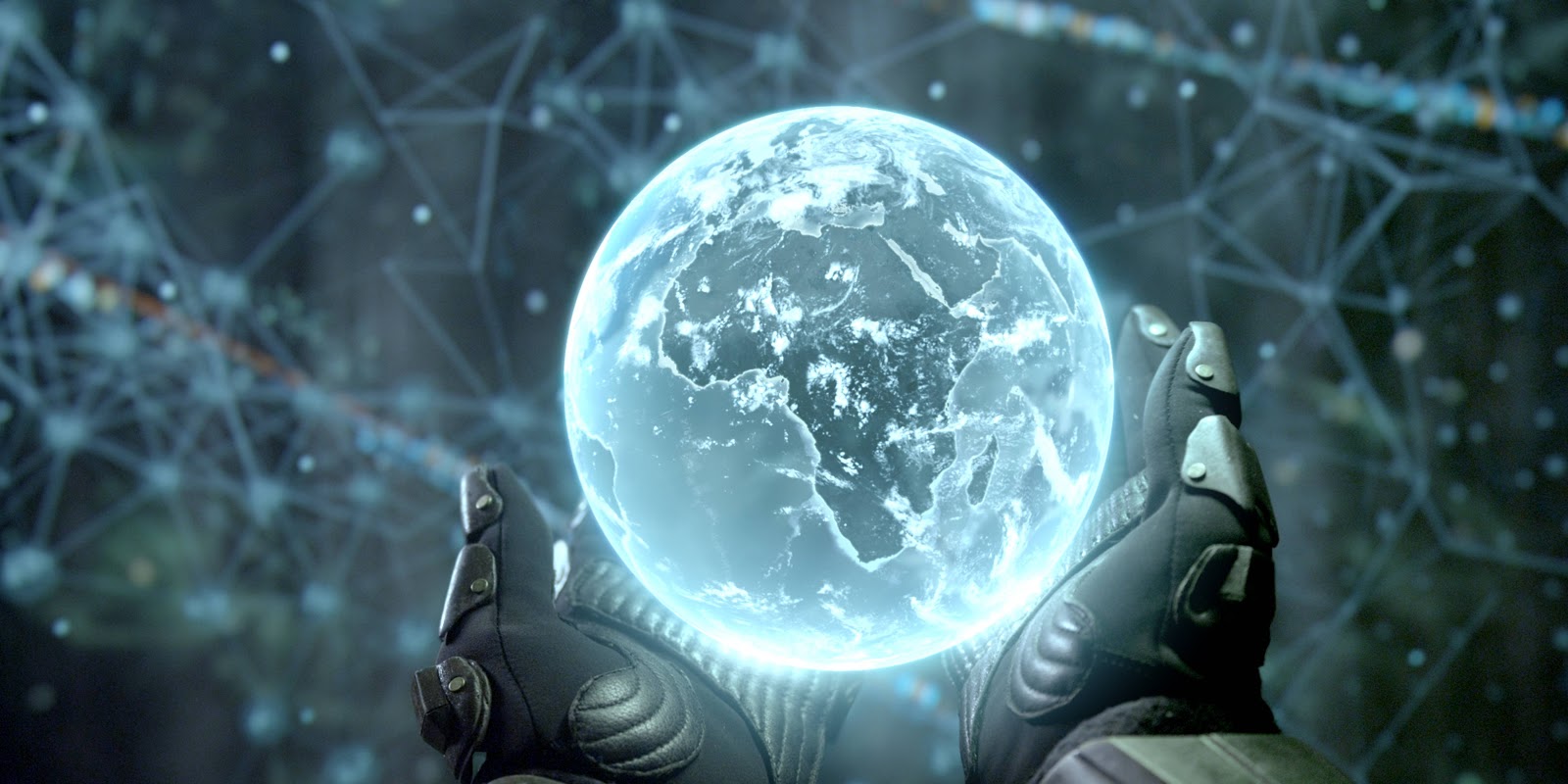
by Dr Harold Puthoff Institute for Advanced Studies, 1301 Capital Of Texas Highway S., Suite B 121 Austin, Texas 78746 (512) 328-5751 In a recent article in the popular press (The Economist, January 7, 1989, pp. 71-74) it was noted how many of this century’s new technologies depend on the Alice-in-Wonderland physics of quantum mechanics, with all of its seeming absurdities. For starters, one begins with the observation that classical physics tells us that atoms, which can be likened to a miniature solar system with electron planets orbiting a nuclear sun, should not exist. The circling electrons should radiate away their energy like microscopic radio antennas and spiral into the nucleus. But atoms do exist, and multitudinous other phenomena which don’t obey the rules […] Read More

